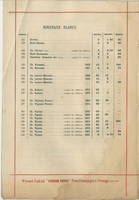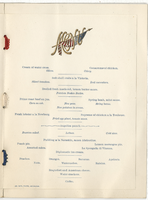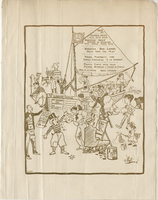Search the Special Collections and Archives Portal
Search Results
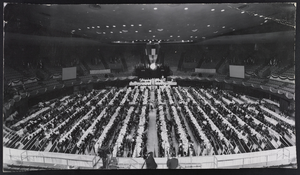
Banquets, Culinary Union, 1959 (folder 1 of 1), image 1
Date
1959
Description
Arrangement note: Series IV. Internal: Social
Image
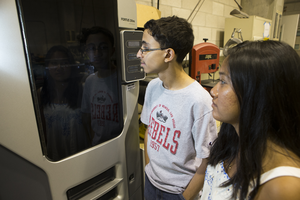
UNLV Professor Brendan O'Toole, and undergraduate intern Katherine Lau join Lab Director Jeffrey Markle, professor Muhammad Trabia, and Kahrem Trabia in checking on the 3D printer: digital photographs
Date
2014-07-19
Archival Collection
Description
Photographs from the University of Nevada, Las Vegas Creative Services Records (2010s) (PH-00388-05). UNLV Professor Brendan O'Toole, and an undergraduate intern Katherine Lau from Rutgers University join Lab Director Jeffrey Markle, professor Muhammad Trabia and Kahrem Trabia (his son and a senior at A-Tech) in checking on the 3D printer June 19, 2014 at the University of Nevada, Las Vegas The group is working on producing an robo-hand for 4-year-old Hailey Dawson.
Image
Stratosphere free shuttle from Polo Towers begins: video
Date
1996-07-19
Archival Collection
Description
Las Vegas, Nevada newscast describing a free shuttle operating between Polo Towers located at the south end of the Las Vegas Strip to the Stratosphere at the north end. Original media VHS, color, aspect ratio 4 x 3, frame size 720 x 486. From the Bob Stupak Professional Papers (MS-01016) -- Professional papers -- Audiovisual material -- Digitized audiovisual clips file.
Moving Image

Exterior of Locker Room bar, 700 East Naples Drive, no. 111, Las Vegas, Nevada: digital image
Date
2016-07-28
Archival Collection
Description
From the Dennis McBride Photograph Collection (PH-00263) -- LGBTQ+ events and organizations in Las Vegas, Nevada -- Digital images file. Notes from the donor, Dennis McBride: The Locker Room bar opened on June 4, 2016, then closed a year later in May 2017.
Image
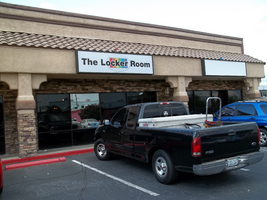
Exterior of Locker Room bar, 700 East Naples Drive, no. 111, Las Vegas, Nevada: digital image
Date
2016-07-28
Archival Collection
Description
From the Dennis McBride Photograph Collection (PH-00263) -- LGBTQ+ events and organizations in Las Vegas, Nevada -- Digital images file. Notes from the donor, Dennis McBride: The Locker Room bar opened on June 4, 2016, then closed a year later in May 2017.
Image
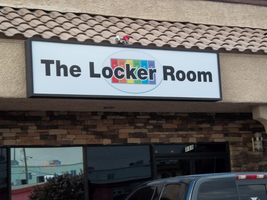
Exterior of Locker Room bar, 700 East Naples Drive, no. 111, Las Vegas, Nevada: digital image
Date
2016-07-28
Archival Collection
Description
From the Dennis McBride Photograph Collection (PH-00263) -- LGBTQ+ events and organizations in Las Vegas, Nevada -- Digital images file. Notes from the donor, Dennis McBride: The Locker Room bar opened on June 4, 2016, then closed a year later in May 2017.
Image
Pagination
Refine my results
Content Type
Creator or Contributor
Subject
Archival Collection
Digital Project
Resource Type
Year
Material Type
Place
Language
Records Classification

